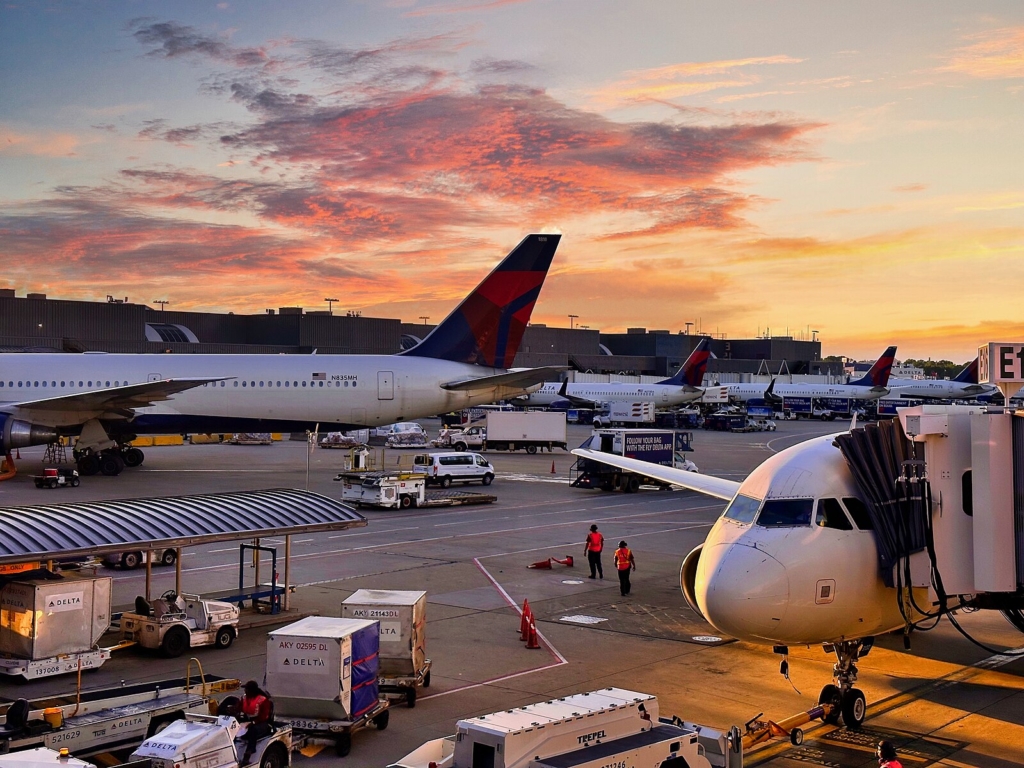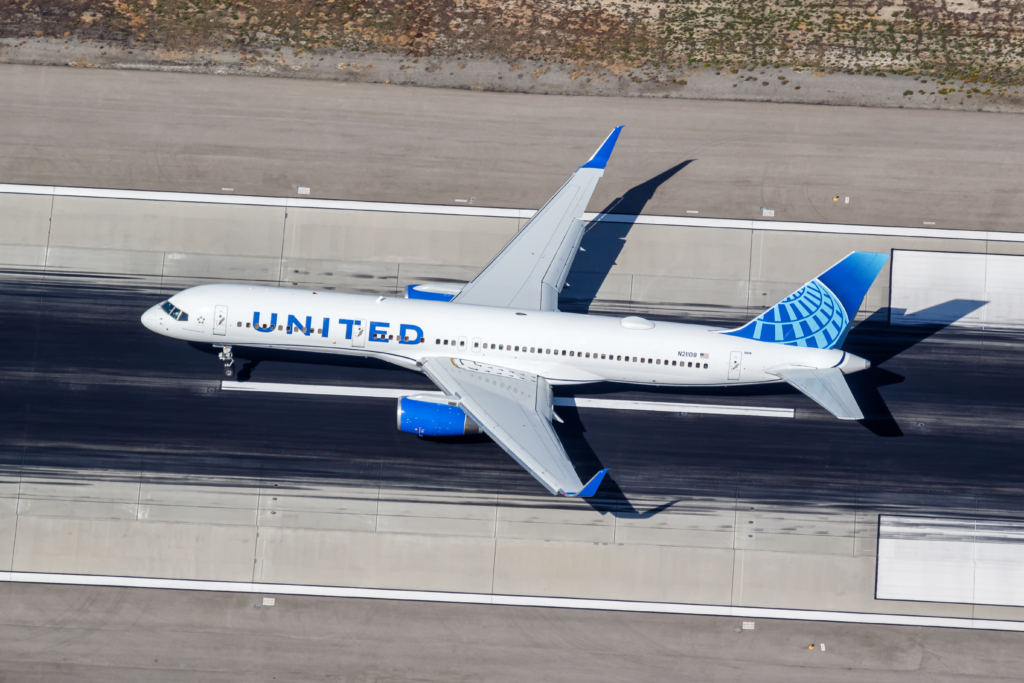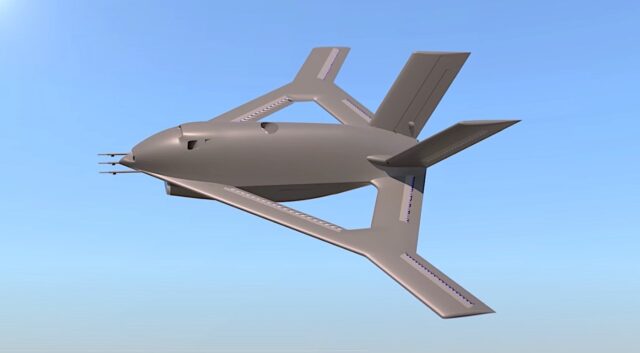UPDATED FAA flight cancellations guide: Affected airports, airline updates and passenger advice

November 10, 2025

The US Federal Aviation Administration (FAA) has begun a nationwide reduction of flight schedules at 40 of the country’s busiest airports, escalating from an initial 4% cut on 7 November to as much as 10% by Friday, 14 November.
The move, triggered by the ongoing government shutdown, is intended to ease mounting pressure on air traffic controllers who have been working without pay for over a month.
The weekend saw more than 3,000 cancellations and over 10,000 delays, as airlines implemented the first phase of the directive. The FAA has warned that the reduction could climb to 20% if staffing conditions deteriorate further.
Long-haul international flights remain exempt, but domestic passengers face widespread disruption, especially around hubs in Atlanta, Dallas/Fort Worth, Chicago, New York and Los Angeles.

The airports affected by the FAA flight cuts
Below is a full list of the airports where capacity is being constrained, and where most of the flight disruption is being seen.
| Airport | Main domestic airlines affected |
|---|---|
| Hartsfield–Jackson Atlanta (ATL) | Delta, Southwest, Frontier |
| Boston Logan (BOS) | JetBlue, Delta, American |
| Baltimore/Washington (BWI) | Southwest, American, Spirit |
| Charlotte Douglas (CLT) | American, Delta, United |
| Dallas/Fort Worth (DFW) | American, Spirit, Frontier |
| Denver International (DEN) | United, Southwest, Frontier |
| Chicago O’Hare (ORD) | United, American, Delta |
| Dallas Love Field (DAL) | Southwest |
| New York LaGuardia (LGA) | Delta, American, Southwest |
| Los Angeles (LAX) | Delta, American, Southwest, Alaska |
| New York JFK | JetBlue, Delta, American (domestic) |
| Miami (MIA) | American, Delta, Frontier (domestic) |
| Seattle–Tacoma (SEA) | Alaska, Delta, Southwest |
| Las Vegas (LAS) | Southwest, Spirit, Frontier |
| Houston Intercontinental (IAH) | United, Southwest, Frontier |
| Washington Dulles (IAD) | United, Delta, Southwest |
| Minneapolis–St. Paul (MSP) | Delta, Sun Country, Southwest |
| Salt Lake City (SLC) | Delta, Southwest, Alaska |
| San Francisco (SFO) | United, Alaska, Southwest |
| Orlando (MCO) | Southwest, Frontier, Spirit, JetBlue |
Airlines cancel hundreds of flights as FAA shutdown directive kicks in
Airlines began adjusting schedules on 7 November and say rolling cancellations will continue until the directive is lifted. The Airlines for America trade body warns losses could exceed $500 million per day if the shutdown persists.
- Alaska and Hawaiian are cancelling 30–40 flights per day, primarily on domestic sectors
- American Airlines has removed about 200 flights per day from its schedule this week, with a 6 % reduction expected on 11 November
- Delta Air Lines has completed most of its planned cancellations but expects continued short-notice changes at key hubs
- United Airlines is publishing daily network updates, maintaining hub-to-hub flights while trimming regional frequencies
- Southwest has created a dedicated “FAA Flight Reductions” help page and waived change fees
- Frontier continues its “flexible travel” policy, allowing passengers to move dates at no cost
- JetBlue, Spirit, and Allegiant have each published travel-alert banners directing customers to rebooking channels

Airlines canceling flights and their refund policies
| Airline | Policy update (as of 10 Nov 2025) | Rebooking and refund advice |
|---|---|---|
| American Airlines (AA) | About 6 % of flights cancelled 11 Nov; ~200 daily cuts. Focused on congested hubs. | Free rebooking on affected routes; full refund if flight cancelled or delayed > 4 h. |
| United Airlines (UA) | Rolling 4–6 % reduction system-wide. Prioritising hub-to-hub routes. | Change-fee and fare-difference waivers through 15 Nov; refunds on cancellations. |
| Delta Air Lines (DL) | Completed weekend cancellations; continuing adjustments as required by FAA. | Flexible-travel waiver 9–13 Nov across all 40 airports. Rebook free or claim refund. |
| Southwest Airlines (WN) | FAA-reductions hub live; ongoing adjustments at DAL, HOU, DEN, MDW. | Change flights within 14 days of travel; automatic refund if flight cancelled. |
| JetBlue Airways (B6) | Advisory displayed at JFK, BOS, FLL and LGA; new schedule review underway. | Free rebooking or refund for cancelled flights via app or website. |
| Spirit Airlines (NK) | FAA-reduction banner live; regional cuts in FLL, MCO, LAS and DFW. | Free change within 7 days; refunds through customer-service channels. |
| Frontier Airlines (F9) | “Flexible travel policy” continues; changes permitted without penalty. | Modify dates at no charge or request refund if cancelled. |
| Alaska / Hawaiian (AS) | 36–40 daily cancellations through 9 Nov; continued selective reductions. | Waivers in place; rebook via website; refunds for cancellations. |
| Allegiant Air (G4) | Minimal disruption; smaller network but following FAA cuts. | Standard rebook or refund for cancelled flights. |
Across the board, carriers have echoed the same message: safety comes first. Most say they are working to minimise disruption by targeting low-demand or redundant frequencies, while preserving critical connections between key markets.
Passenger rights and refunds during FAA flight cancellations
For passengers, the new wave of cancellations raises a number of questions about rights, refunds, and rebooking.
Travellers whose flights are cancelled by the airline are entitled to a full refund, even on non-refundable tickets, if they choose not to travel. Those wishing to continue their journey can rebook without paying additional change fees, though availability may be limited as the cuts progress.

Since the cancellations are being made under a federal safety directive rather than an airline-specific fault, carriers are not legally required to provide hotel accommodation, meal vouchers or ground transport in the event of disruption. Passengers should therefore plan accordingly, especially if their trip involves connections through one of the affected hubs.
Frontier CEO Barry Biffle took to social media to offer advice, suggesting passengers buy more than one ticket to avoid disappointing delays on the day.
Airlines are urging customers to monitor their flight status regularly through mobile apps or official websites. With capacity being deliberately reduced, last-minute schedule changes may be unavoidable.
The FAA has said that airlines must process refunds promptly and that non-compliance could result in civil penalties. Transportation Secretary Sean Duffy described the flight reductions as a necessary precaution, not a sign of failure, and stressed that the agency “will restrict the airspace when safety is at risk.”
What should passengers do if they have to fly during the FAA cancellations?
-
Check your flight status frequently via airline apps or websites.
-
Use travel waivers to change dates free of charge where possible.
-
Budget for self-arranged accommodation or meals in case of overnight disruption.
-
Avoid tight connections through affected airports until the shutdown ends.
-
Stay informed: the FAA has indicated that deeper 20 % cuts could follow if staffing shortages persist.
FAA flight reduction directive marks major air traffic slowdown
This is one of the most sweeping operational interventions the FAA has undertaken in peacetime, reflecting the strain of the shutdown on the aviation system. Airlines, already stretched by post-pandemic staffing challenges, now face the task of rebuilding schedules around reduced airspace capacity while maintaining customer trust.
If the shutdown continues, analysts warn that more aggressive measures could follow — including deeper cuts, extended slot restrictions, or even temporary airspace closures in regions where controller availability falls below safe thresholds. For now, passengers can expect a slower, thinner domestic network and a new kind of disruption: one driven not by weather or demand, but by the government’s ability to keep its aviation workforce functioning safely.
















